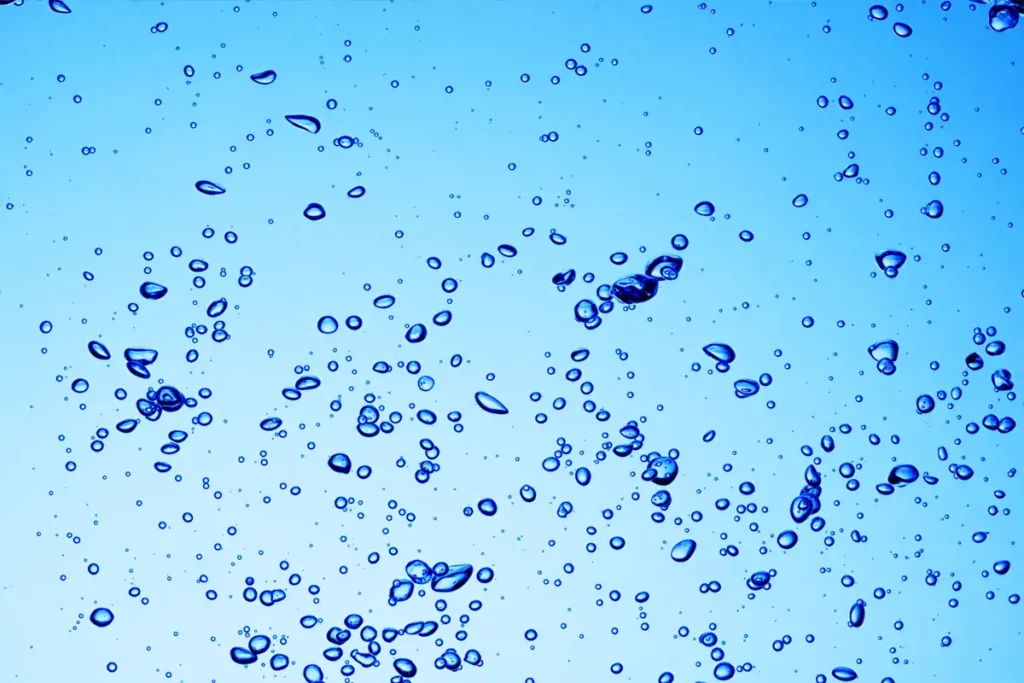Liquid piping systems and applications are prone to accumulating air from incoming liquids, pumps and connections where the air can enter. The problem is, this accumulated air causes inefficiencies and serious operating issues. Air release valves are installed at different parts of a piping system application to expel the trapped air. They’re a necessity in piping systems as they result in improved application efficiencies and smooth operation. There are other air valve types that also perform important functions.
John Valves manufactures different air valve types to support various industrial applications. In this article, we discuss the various air valve types and ideal locations for their installation.
The three basic air valve types
There are three basic air valve types commonly used for liquid piping systems which are air release, air/vacuum and combination valves. Below we elaborate on each of the three air valve types:
1. Air release valves
Air release valves are the most commonly used in liquid piping systems and are characterised by small orifices, weighted float and leverage mechanisms or rubber-lined balls. These features work together to expel air at full operating pressure. The orifices can range in diameter from 0.15cm on smaller size valves to 2.5cm on larger valves. They, therefore, have a limited capacity for admitting and discharging air. The piping system will generally use another valve in conjunction with air release valves to sufficiently control the air in the system when filling or draining the pipeline. Air release valves automatically exhaust pockets of air and gases as they accumulate at the valve’s location.
Air release valves are normally open, where air can travel in and out of the valve until liquid enters the valve causing the float or ball to rise up. The float/ball is buoyant and rises with the incoming liquid, so when it reaches the top of the valve, it seals the valve’s orifice. As air accumulates at high points in the piping system where the valve is installed, the air being lighter than the liquid in the valve will force the level of the liquid to drop. The float/ball subsequently also drops allowing the air to escape through the orifice.
2. Air/vacuum valves
An air/vacuum valve is designed similar to an air release valve, but they have a full-sized opening that can range in size from 12.5cm to 50cm depending on the size and design of the valve. This large opening allows the valve to release much larger volumes of air during the filling of the piping system. Conversely, when the piping system is being drained, the valve will admit large volumes of air to prevent a vacuum from occurring which has the possibility to cause the pipeline to buckle inwards and collapse.
Again, air/vacuum valves are normally open in a system, meaning that the float/ball is at the bottom of the valve and rises when liquid enters and pushes the float/ball up. When the liquid in the application is at full operating pressure, it will keep the float/ball against the seat, and no air will enter or be expelled. When draining and at other times when the system pressure reduces, the float/ball drops to allow air to re-enter the system. However, these air/vacuum valves cannot open while the system is operating at full pressure to allow accumulated air pockets to be expelled. So an air release valve is also required during normal system operation to relieve these air pockets.
3. Combination air valves
As the name suggests, a combination air valve incorporates the functions of both air release valves and air/vacuum valves. It can admit and release large amounts of air which is essential for filling and draining operations, while also exhausting accumulated air pockets at full operating pressure.
A combination air valve can come as either a single-body design containing both air release and air/vacuum components or as a dual-body where the two valves sit adjacent to each other. Combination valves do ‘two jobs in one’, so they’re a safer option than installing two valves where installation errors can cause significant problems.
Air valve locations along a pipeline
Air and gases naturally accumulate at the highest points in a pipeline because they’re lighter than liquids. You should typically install air valves at the top or other high points of pipelines where air pockets accumulate so they can admit and release air in and out of the system. As well as on top of pipelines, we list the recommended locations for air valves below:
- High points where the system has an arch as the application can hold air here.
- Long runs where air pockets may accumulate over time.
- Adjacent to mainline valves that may input air.
- Downstream of pumps as air can enter at pump locations.
- Any changes in pipe slope.
Summary
When air enters the pipeline, it causes inefficiencies and operating issues, so it must be released. The three primary air valve types have similar mechanisms and functionality. Air release valves have smaller openings and can automatically release air pockets during normal system operation. Air/vacuum valves admit and release large amounts of air during pipeline filling and draining while combination air valves do the function of both an air release and a air/vacuum valve.
John Valves stocks a range of different air valve types for various liquid piping applications. If you need help determining the correct valve for your system, get in touch.
Read More:



